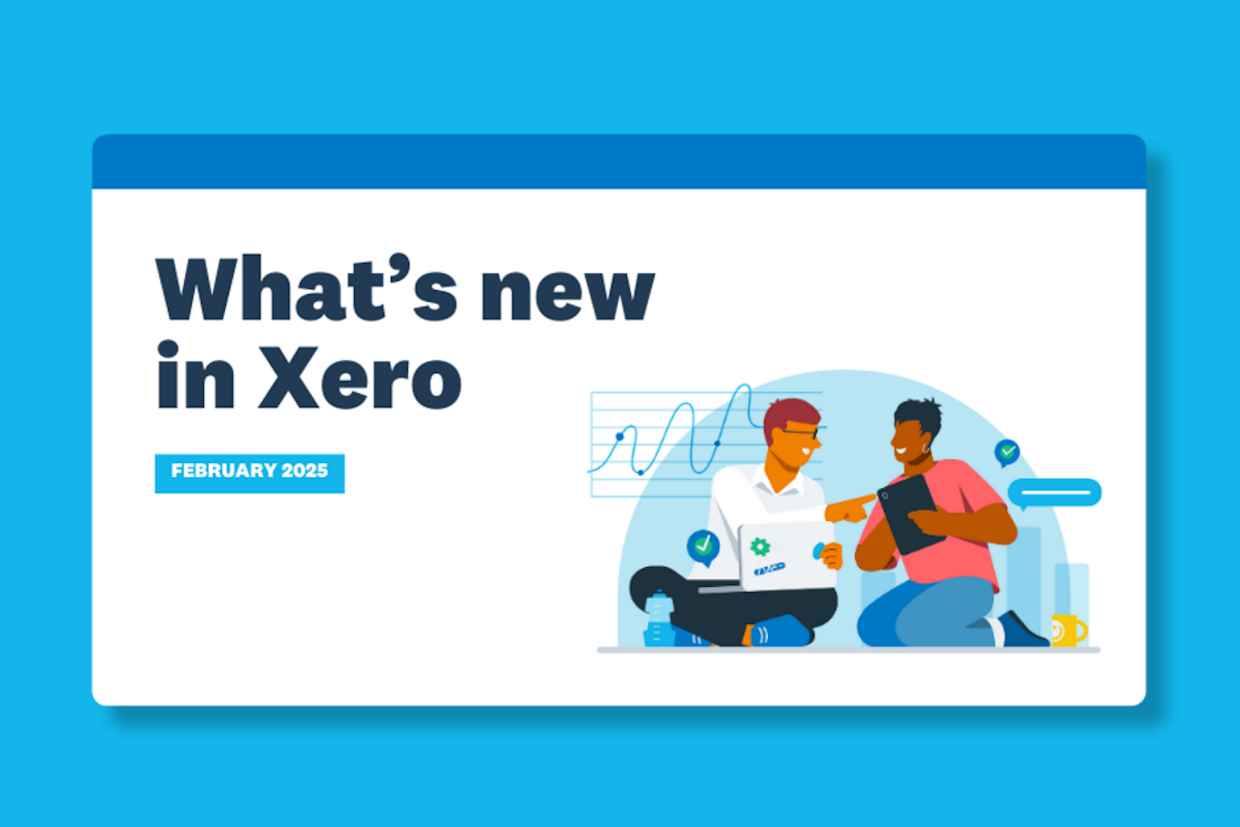Making Tax Digital to be extended to more sole traders and landlords
Hiding in the HM Revenue & Customs (HMRC) announcements published on 26 March was a technical note entitled ‘Modernising the tax system through Making Tax Digital‘.
This note announces that the income threshold for Making Tax Digital for Income Tax & Self Assessment (or MTD for ITSA) is to drop to £20,000 per annum for sole traders and landlords.
If you fall into this category, this means moving your tax completely over to digital by April 2026.
But don’t worry, let’s see what MTD for ITSA is all about.

Your two-minute guide to MTD for ITSA
MTD for ITSA is part of HMRC’s ongoing initiative to modernise the UK tax system and move the tax-return process over to a fully digital system.
If you’re a sole trader or landlord, you’ll soon need to:
- Keep digital records of all your income and expenses
- Use MTD-compatible software for your bookkeeping and accounting
- Submit regular quarterly digital reports to HMRC
- Send a full digital tax return at the end of the tax year
Landlords and sole traders who fall into the following categories will soon find it’s mandatory to use the MTD for ITSA system.
- From April 2026, for those with qualifying income over £50,000
- From April 2027, for those with qualifying income over £30,000
- From April 2028, for those with qualifying income over £20,000
What does this mean for your bookkeeping and tax returns?
If you’re a sole trader or landlord paying self-assessment tax, there’s a growing imperative to move your bookkeeping over to a digital platform.
The days of Excel spreadsheets and receipts in a shoe box are well and truly over. As of next year, any self-assessment taxpayer with over £50,000 income annually will need to have professional third-party software to meet the MTD for ITSA criteria.
This isn’t as scary as it sounds, though. Most of the major cloud accounting platforms, like Xero, QuickBooks and FreeAgent are set up for MTD.
We can help you get ready for MTD for ITSA
Getting compliant for MTD for ITSA should definitely be on your to-do list. But there’s plenty of time to get your bookkeeping system updated and ready, so don’t panic!
Come and talk to the team and we’ll explain the implications of MTD for ITSA, the need for digital records and how to get compatible cloud accounting software up and running.



Keep updated! Sign up to our mailing list!
Find Us
The Chartwell Practice Limited
Chartwell House
4 St Pauls Square
Burton-on-Trent
Staffordshire
DE14 2EF
Contact Us
Telephone: 01283 741400
Email: info@chartwellpractice.com
Useful links
Privacy Policy
Legals & Disclaimer
The Chartwell Practice Limited
